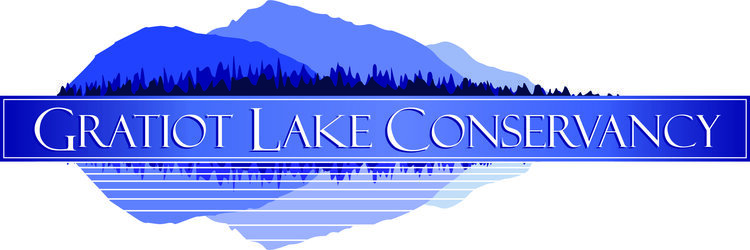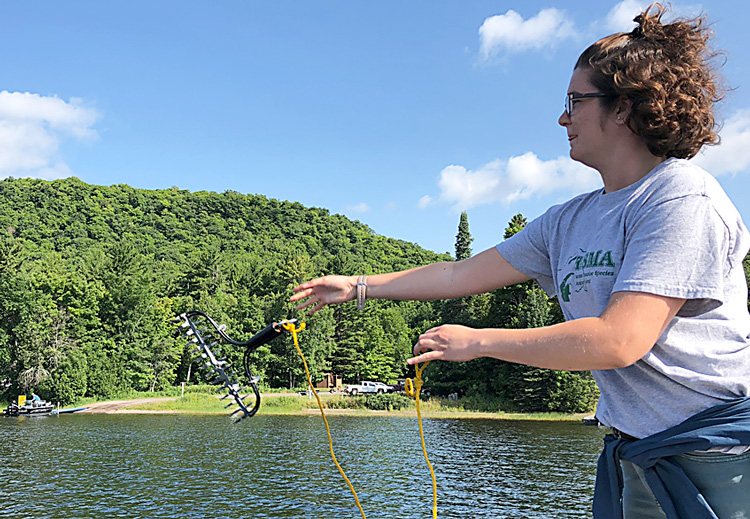In lieu of the exciting results of the Exotic Aquatic Species Watch completed for the Cooperative Lake Monitoring Program in 2018, it is imperative to keep Gratiot Lake free of aquatic invasive species. The watch found no aquatic invasive plant species in Gratiot Lake! The best way to take on aquatic invasive species is to prevent them from colonizing in the first place.
The Michigan Department of Natural Resources (MiDNR) recently amended the Natural Resources and Environmental Protection Act (Act 451 of 1994) Part 413 with changes for boaters and anglers that take effect March 21, 2019. The changes are intended to better protect waterways from the introduction and spread of aquatic invasive species.
For more information, click the link below:
https://www.michigan.gov/invasives/0,5664,7-324-68071_91899---,00.html?utm_source=govdelivery
Key Changes for Boaters:
All of the following must be completed prior to transporting watercrafts over land:
Removing all drain plugs from bilges, ballast tanks, and live wells.
Draining all water from any live wells and bilges.
Ensuring the watercraft, trailer, and any conveyance used to transport the watercraft or trailer are free of aquatic organisms, including plants.
Key Changes for Anglers:
A person shall not release baitfish in any waters of this state. A person who collects fish shall not sue the fish as bait or cut bait except in the inland lake, stream, or Great Lake where the fish was caught, or in a connecting waterway to the body of water if the fish could freely move between the original location of capture the location of release.
A person, who catches fish other than baitfish in a lake, stream, Great Lake, or connecting waterway shall only release the fish in the lake, stream, or Great Lake where the fish was caught, or in a connecting waterway of the body of water where the fish was caught if the fish could freely move between the original location of capture and the location of release.
Below is a diagram (from the MiDNR) for how to correctly inspect and drain your watercraft:




